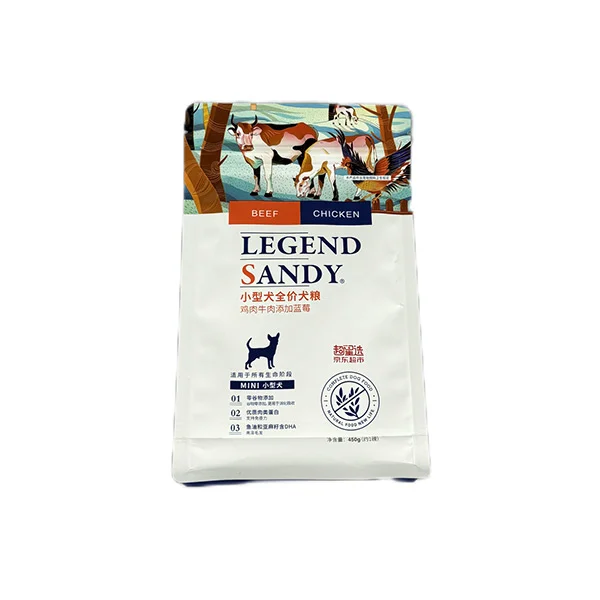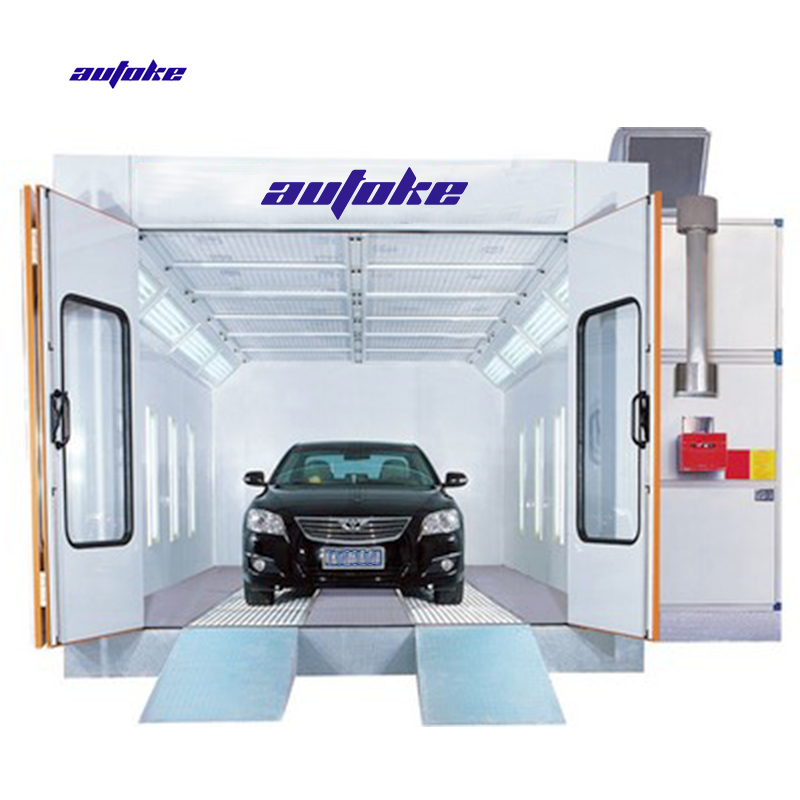In the dynamic landscape of the animal feed industry, the significance of robust and efficient packaging cannot be overstated. Packaging serves as a crucial barrier against environmental factors that could compromise feed quality, ensuring that the nutritional content and freshness of animal feed are preserved throughout the supply chain. In this blog post, Leater, a high quality pet food packaging bags manufacturer, will share the production process of custom animal feed packaging bags for sale, including materials, manufacturing process, and quality control measures.
Selection of Animal Feed Packaging Bags Materials
The foundation of any high-quality packaging solution lies in the choice of materials. For animal feed packaging bags, polyethylene (PE), polypropylene (PP), and polyethylene terephthalate (PET) are the primary materials of choice. These materials are renowned for their excellent barrier properties against moisture and oxygen, which are critical factors in maintaining the integrity of animal feed.
Polyethylene, known for its flexibility and durability, is often used for its ability to withstand the rigors of transportation and storage. Polypropylene, on the other hand, offers superior moisture resistance and is favored for its heat resistance and clarity. Polyethylene terephthalate (PET) provides a rigid structure and is particularly effective in protecting against oxygen ingress, making it ideal for long-term storage solutions.
Animal Feed Packaging Bags Design and Customization
The production process begins with the design phase, where the specific requirements of the packaging are determined. This includes the size, shape, and closure mechanisms of the bags. Animal feed packaging bags come in various forms such as flat bags, gusseted bags, and block-bottom bags, each tailored to meet the unique needs of different feed products.
Customization is a key aspect of the production process. Clients can specify the thickness of the materials, the size of the bags, and the type of closures they require. Additionally, the bags can be printed with up to eight colors using CMYK and spot color techniques, allowing for detailed and eye-catching designs that can include branding information, nutritional content, and usage instructions.

Manufacturing Process of Animal Feed Packaging Bags
The manufacturing process of animal feed packaging bags involves several intricate steps to ensure the final product is of the highest quality.
1. Extrusion: The raw materials (PE, PP, PET) are first melted and extruded into thin films. This process involves heating the polymers to a molten state and then forcing them through a die to form the desired film thickness. The extruded films are then cooled and rolled onto spools for further processing.
2. Printing: Once the films are produced, they are printed with the required designs. This is typically done using rotogravure or flexographic printing techniques. Rotogravure printing involves etching the design onto a metal cylinder, which is then inked and pressed against the film. Flexographic printing uses flexible rubber plates to transfer the ink onto the film. Both methods allow for high-resolution printing and vibrant colors.
3. Lamination: For added durability and barrier properties, multiple layers of films may be laminated together. Lamination involves bonding two or more layers of film using adhesives or heat. This process enhances the overall strength and protective capabilities of the packaging.
4. Cutting and Sealing: The printed and laminated films are then cut into the desired shapes and sizes. This is followed by sealing the edges to form the final packaging bags. Various sealing techniques can be employed, including heat sealing, ultrasonic sealing, and adhesive bonding. The choice of sealing method depends on the material and the specific requirements of the packaging.
5. Quality Control: Throughout the production process, stringent quality control measures are implemented. This includes inspecting the raw materials for defects, monitoring the extrusion and printing processes, and conducting final inspections of the finished bags. Quality control ensures that each bag meets the required standards for strength, barrier properties, and print quality.
Sustainability and Environmental Considerations of Animal Feed Packaging Bags
In recent years, there has been a growing emphasis on sustainability within the packaging industry. Manufacturers are increasingly exploring eco-friendly alternatives to traditional plastic materials. This includes the use of biodegradable plastics and recycled materials in the production of animal feed packaging bags. Additionally, efforts are being made to reduce waste and improve the recyclability of packaging materials.
Conclusion
The production process of animal feed packaging bags is a complex and highly specialized operation. From the careful selection of materials to the intricate manufacturing steps and stringent quality control measures, every aspect is designed to ensure that the final product provides optimal protection for animal feed. As the industry continues to evolve, manufacturers are also focusing on sustainability, striving to create packaging solutions that are both effective and environmentally responsible.
www.leaterpack.com
Leater
